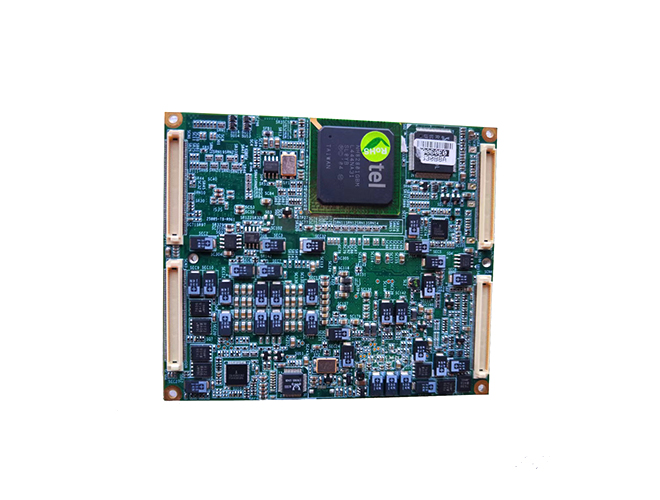-
CN
-
Service Hotline
+8618129931046 Mr. Liao


Time:2025-09-19 Views:1

Printed Circuit Board (PCB) thermal simulation analysis is a crucial process in modern electronics design, aiming to predict and optimize the thermal behavior of PCBs. As electronic devices become more compact and powerful, the heat generated by components on PCBs has increased significantly, potentially leading to performance degradation, component failure, and reduced product lifespan. Thermal simulation analysis helps designers identify and address thermal issues early in the design cycle, ensuring the reliability and efficiency of electronic products.
The process of PCB thermal simulation analysis typically begins with the creation of a detailed 3D model of the PCB and its associated components. This model includes accurate representations of all components, such as integrated circuits, resistors, capacitors, and heat sinks, as well as the PCB substrate itself. Each component's thermal properties, including power dissipation, thermal conductivity, and specific heat capacity, are carefully defined based on manufacturer datasheets and experimental measurements. Additionally, the environmental conditions, such as ambient temperature, airflow velocity, and cooling methods (natural convection, forced - air cooling, or liquid cooling), are specified to accurately simulate the real - world operating environment.
Once the model is established, specialized thermal simulation software is employed to solve the heat transfer equations. These equations describe the conduction, convection, and radiation heat transfer mechanisms within the PCB system. Conduction refers to the transfer of heat through solid materials, such as the PCB substrate and component leads. Convection involves the transfer of heat through the movement of fluids (air or liquid), while radiation is the transfer of heat in the form of electromagnetic waves. The software uses numerical methods, such as the finite element method (FEM) or the finite difference method (FDM), to discretize the PCB model into small elements and calculate the temperature distribution across the board.
The results of PCB thermal simulation analysis provide valuable insights for designers. They can identify hotspots on the PCB, which are areas with abnormally high temperatures that may pose a risk to component performance. By analyzing the temperature distribution, designers can optimize the component layout, select appropriate heat - dissipation components, and adjust the cooling strategy. For example, they may decide to relocate heat - generating components to areas with better airflow, add heat sinks or heat pipes to dissipate heat more effectively, or modify the PCB layout to improve thermal conductivity. Thermal simulation analysis also helps in evaluating the impact of different design changes on the overall thermal performance, allowing designers to make informed decisions and achieve the best balance between thermal management and other design constraints, such as cost, size, and electrical performance.
PCB thermal simulation analysis is an essential tool in modern electronics design. It enables designers to proactively manage thermal issues, improve product reliability, and enhance the overall performance of electronic devices, making it an indispensable part of the PCB design and development process.